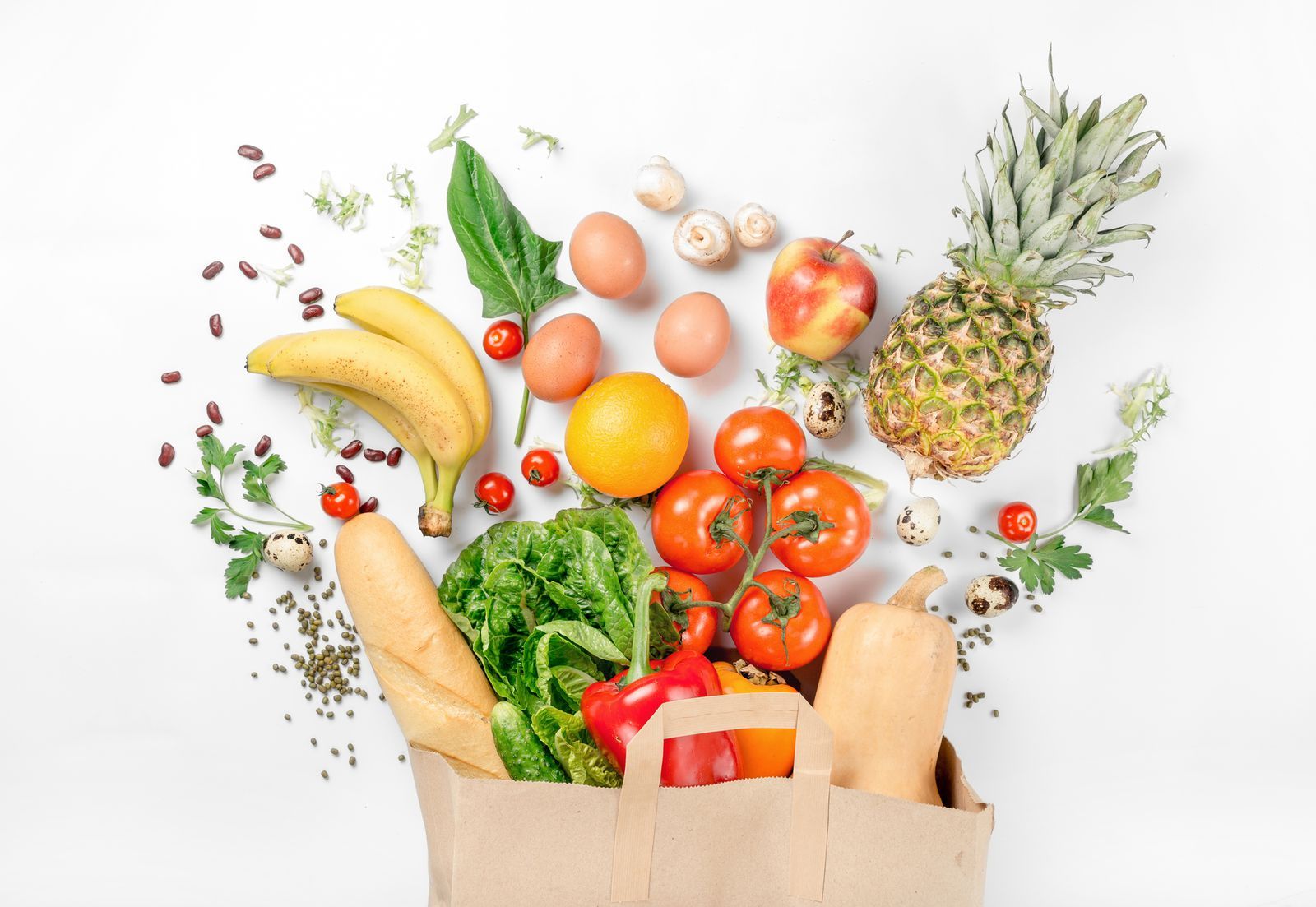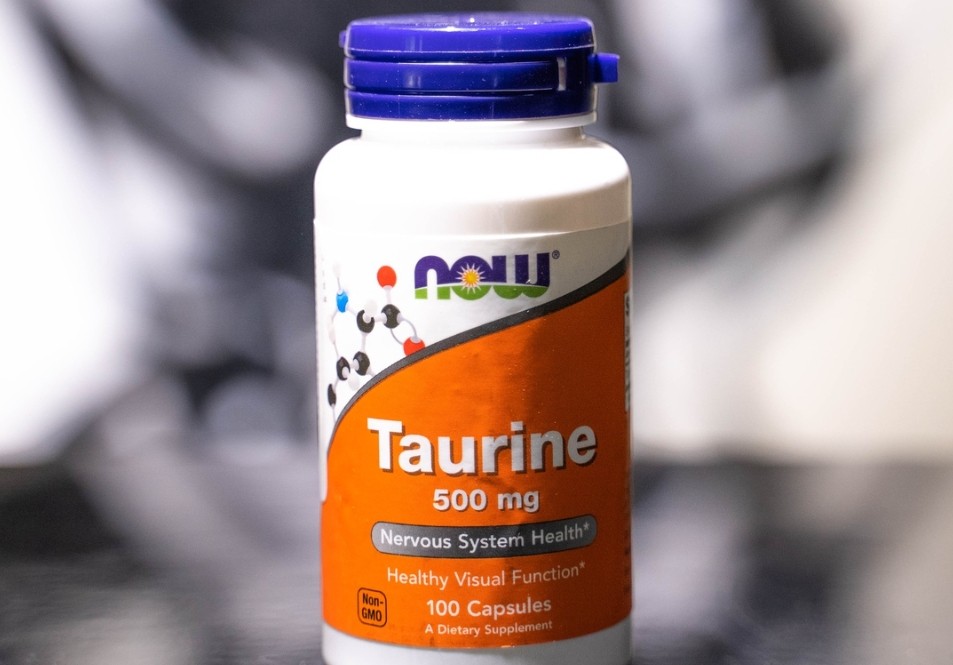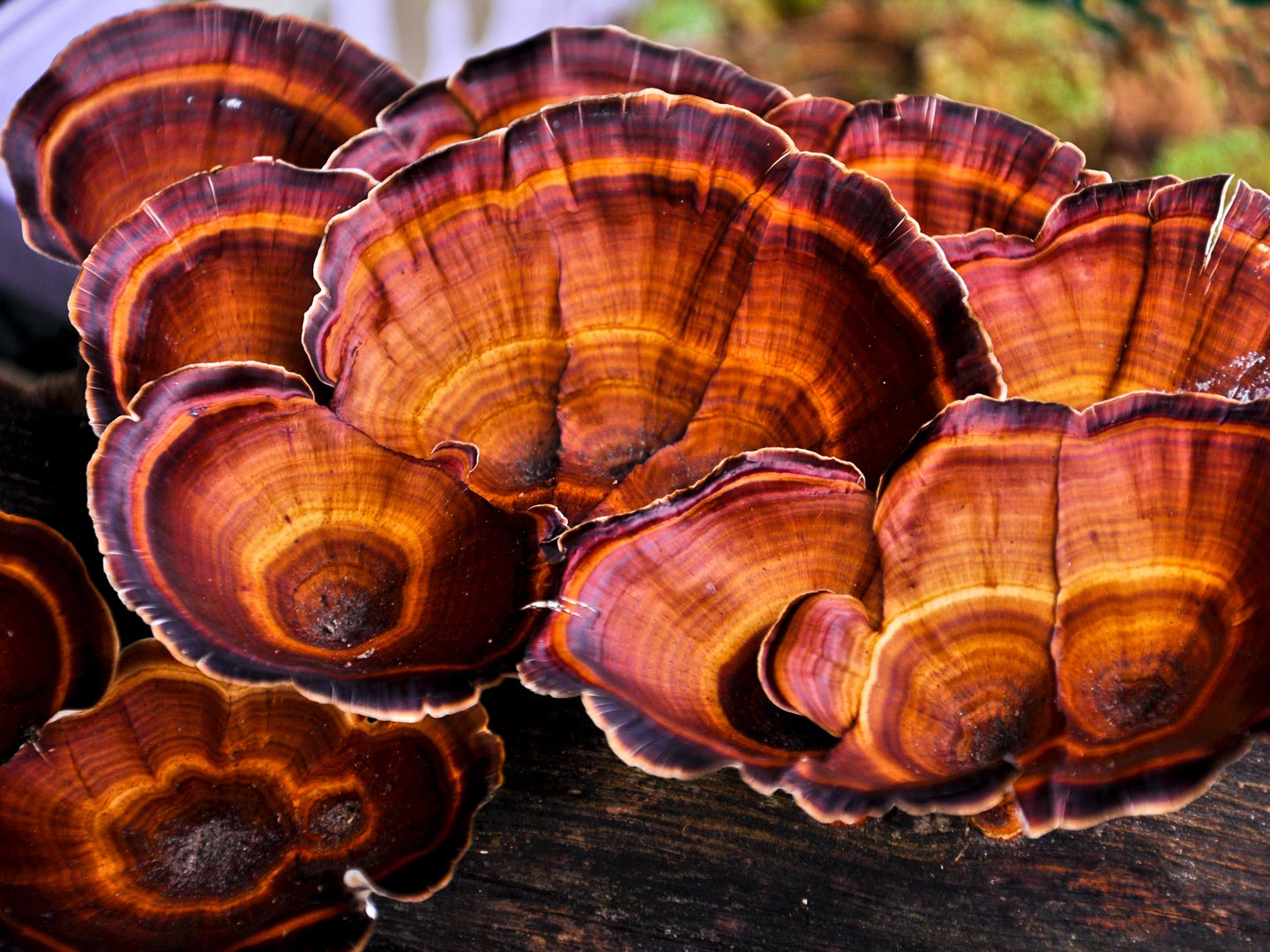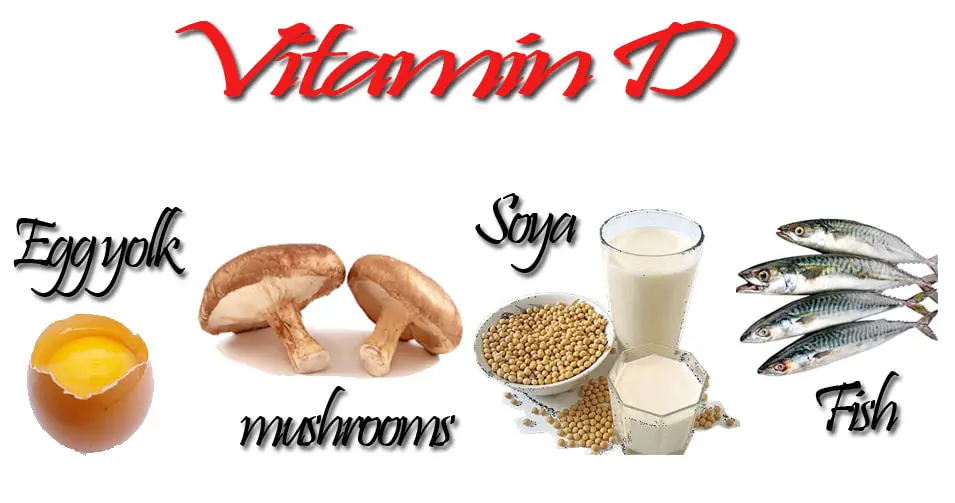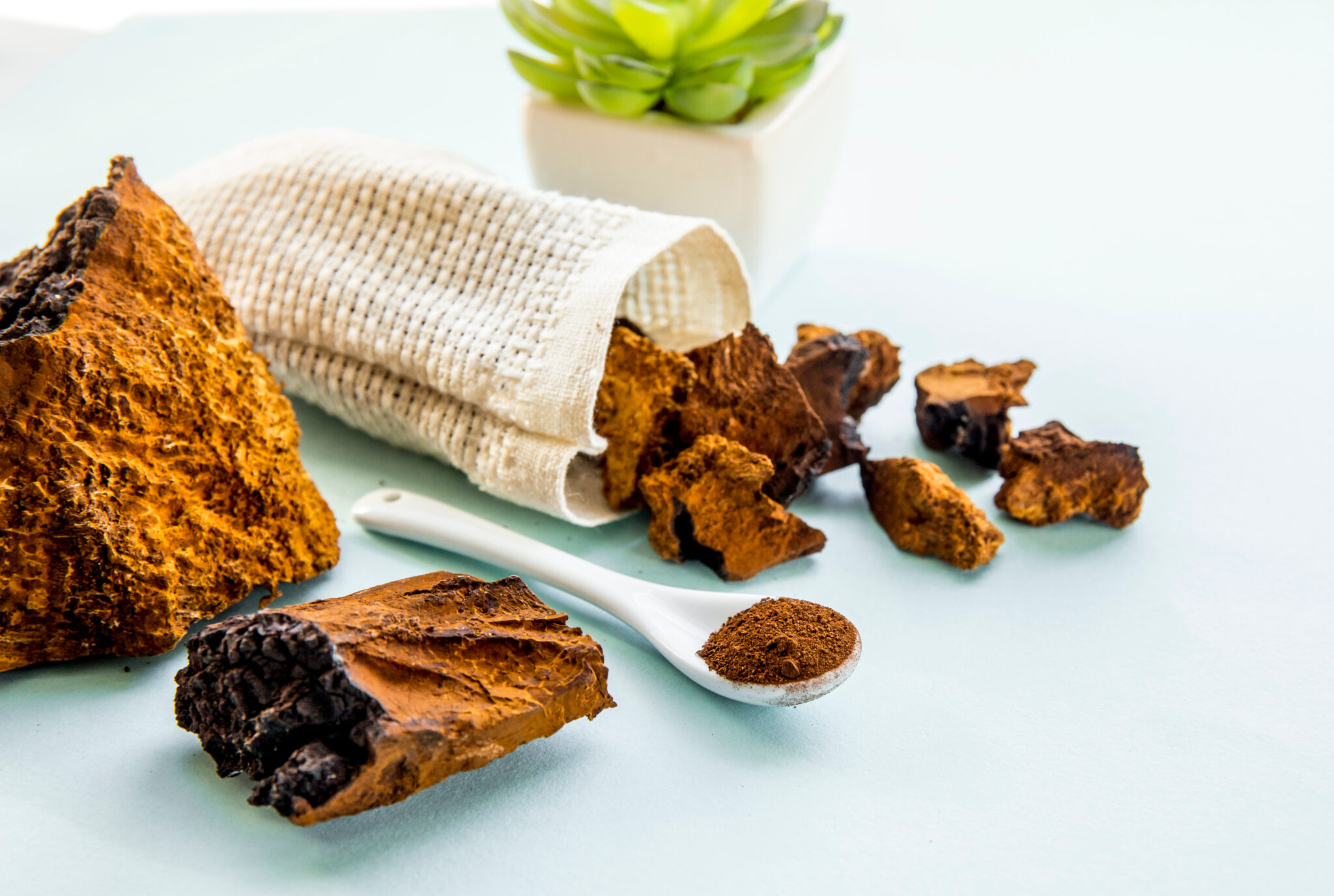Introduction:
Introducing solid foods to a 1-year-old child is an exciting milestone in their development. As parents, it is crucial to provide a balanced and nutritious diet that promotes healthy growth and development. In this comprehensive guide, we will explore 12 healthy and practical foods that are suitable for 1-year-olds. These foods offer a range of essential nutrients and can be easily prepared to meet the dietary needs of your growing toddler.
Avocado:
Avocados are a fantastic choice for 1-year-olds due to their creamy texture and nutrient-rich profile. They are an excellent source of healthy fats, fiber, and vitamins such as vitamin C, E, and folate. Avocados can be mashed or pureed and served alone or added to other dishes like sandwiches or pasta.
Sweet Potatoes:
Sweet potatoes are a versatile and nutritious food option for 1-year-olds. They are packed with complex carbohydrates, dietary fiber, and beta-carotene, which is converted to vitamin A in the body. Steam or bake sweet potatoes until soft, then mash or cut into small, bite-sized pieces for easy consumption.
Oatmeal:
Oatmeal is a wholesome grain that provides a good source of energy and dietary fiber for toddlers. It also contains essential minerals such as iron, magnesium, and zinc. Choose plain, unsweetened oatmeal and cook it to a soft consistency. You can add mashed fruits or a touch of cinnamon for extra flavor.
Yogurt:
Yogurt is an excellent source of calcium and protein for growing 1-year-olds. Opt for plain, unsweetened yogurt to avoid added sugars. Greek yogurt is particularly beneficial due to its higher protein content. You can serve it as a snack or mix it with fruits for added flavor and nutrients.
Blueberries:
Blueberries are packed with antioxidants, vitamins, and dietary fiber. They make for a convenient and healthy snack option for 1-year-olds. Cut blueberries into small pieces to prevent choking hazards and introduce them gradually to ensure your child tolerates them well.
Spinach:
Leafy green vegetables like spinach offer a wealth of nutrients for toddlers. They are rich in iron, calcium, folate, and vitamins A and C. Steam or sauté spinach until soft and tender, then finely chop or puree it. You can mix it with other vegetables or add it to omelets and pasta sauces.
Chicken:
Chicken is a lean source of protein, essential for muscle growth and development in toddlers. It also provides iron and zinc. Ensure the chicken is cooked thoroughly and cut it into small, manageable pieces. Avoid adding excess salt or seasoning.
Quinoa:
Quinoa is a gluten-free grain that offers a complete protein profile and is packed with essential amino acids. It is also rich in dietary fiber, iron, and magnesium. Cook quinoa according to package instructions and serve it mixed with vegetables or as a side dish.
Broccoli:
Broccoli is a nutrient-dense vegetable that provides vitamins A, C, and K, as well as dietary fiber and calcium. Steam or blanch broccoli until tender and cut it into small florets for easy consumption. You can serve it alone or mix it with other vegetables or grains.
Lentils:
Lentils are an excellent source of plant-based protein, dietary fiber, and essential minerals like iron and folate. Cook lentils until soft and mash or puree them for younger toddlers. As your child grows, you can introduce lentils in soups, stews, or mixed with rice.
Whole Grain Bread:
Whole grain bread is a healthier alternative to white bread, providing more fiber and essential nutrients. Look for bread that is low in added sugars and high in whole grains. Serve it toasted or cut into small pieces, and you can top it with mashed avocado or nut butter.
Cheese:
Cheese is a good source of calcium and protein for 1-year-olds. Opt for mild, low-sodium varieties and cut them into small, manageable pieces. Cheese can be served as a snack or added to other dishes like scrambled eggs or vegetable casseroles.
Conclusion:
Introducing a variety of healthy and practical foods to your 1-year-old’s diet is essential for their growth and development. The 12 foods mentioned in this comprehensive guide offer a range of nutrients, flavors, and textures that can be easily prepared and enjoyed by your toddler. Remember to consider your child’s individual dietary needs and preferences while gradually introducing these foods. With a balanced and nutritious diet, you can set your little one on the path to a healthy and happy future.
- Vaporizers By Dankstop-The Ultimate Guide to Top Vaporizers Comprehensive Review - March 15, 2024
- Comprehensive Guide on the Benefits of Turkey Tail Functional Mushrooms - November 8, 2023
- Comprehensive Guide to the Benefits of Vitamin D3 - July 13, 2023

